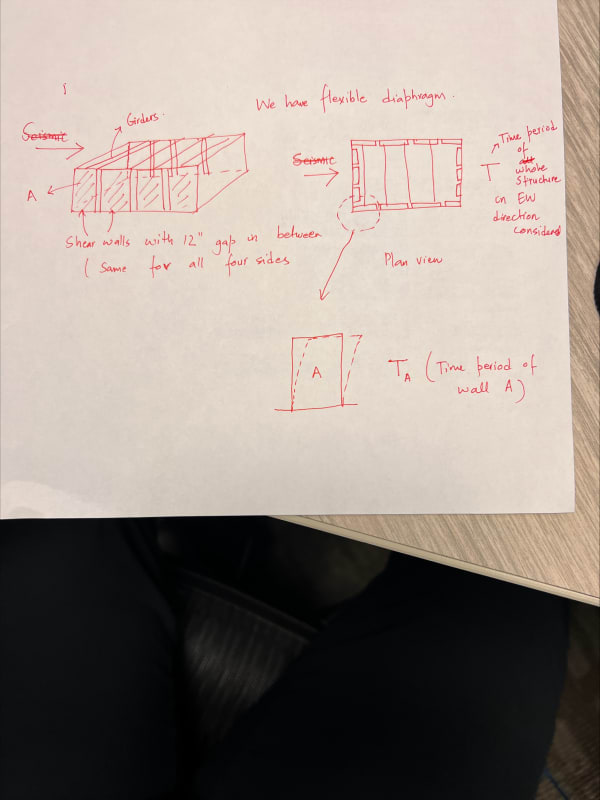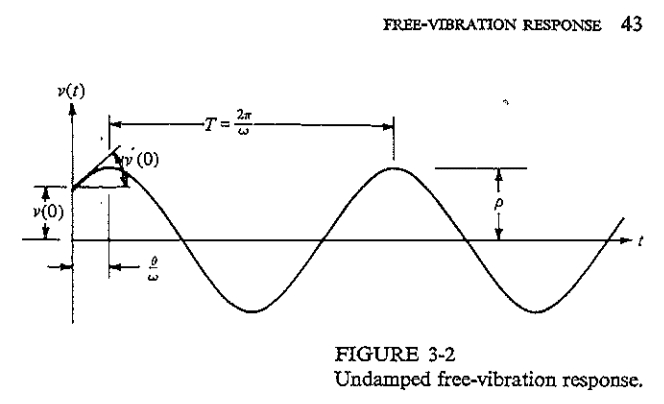Hi all! Can you please help me to understand the time period of structure?
I have a structure which has shear walls at all four sides as shown in attached figure and has gravity columns-beams in the central region to support gravity loads. Since the stiffness of the structure is provided only by the shear walls, shouldn't the time period of one wall should be nearly equal to the time period of whole structure. I am using analysis software and performing modal analysis. The time period of whole structure is 1.3 secs and if I model an individual wall separately, then the time period is 0.15 secs. I know time period is dependent on the mass. For model with single wall, I am taking the mass from tributary area. Does this makes sense to you? Can you provide the reasoning?

I have a structure which has shear walls at all four sides as shown in attached figure and has gravity columns-beams in the central region to support gravity loads. Since the stiffness of the structure is provided only by the shear walls, shouldn't the time period of one wall should be nearly equal to the time period of whole structure. I am using analysis software and performing modal analysis. The time period of whole structure is 1.3 secs and if I model an individual wall separately, then the time period is 0.15 secs. I know time period is dependent on the mass. For model with single wall, I am taking the mass from tributary area. Does this makes sense to you? Can you provide the reasoning?


